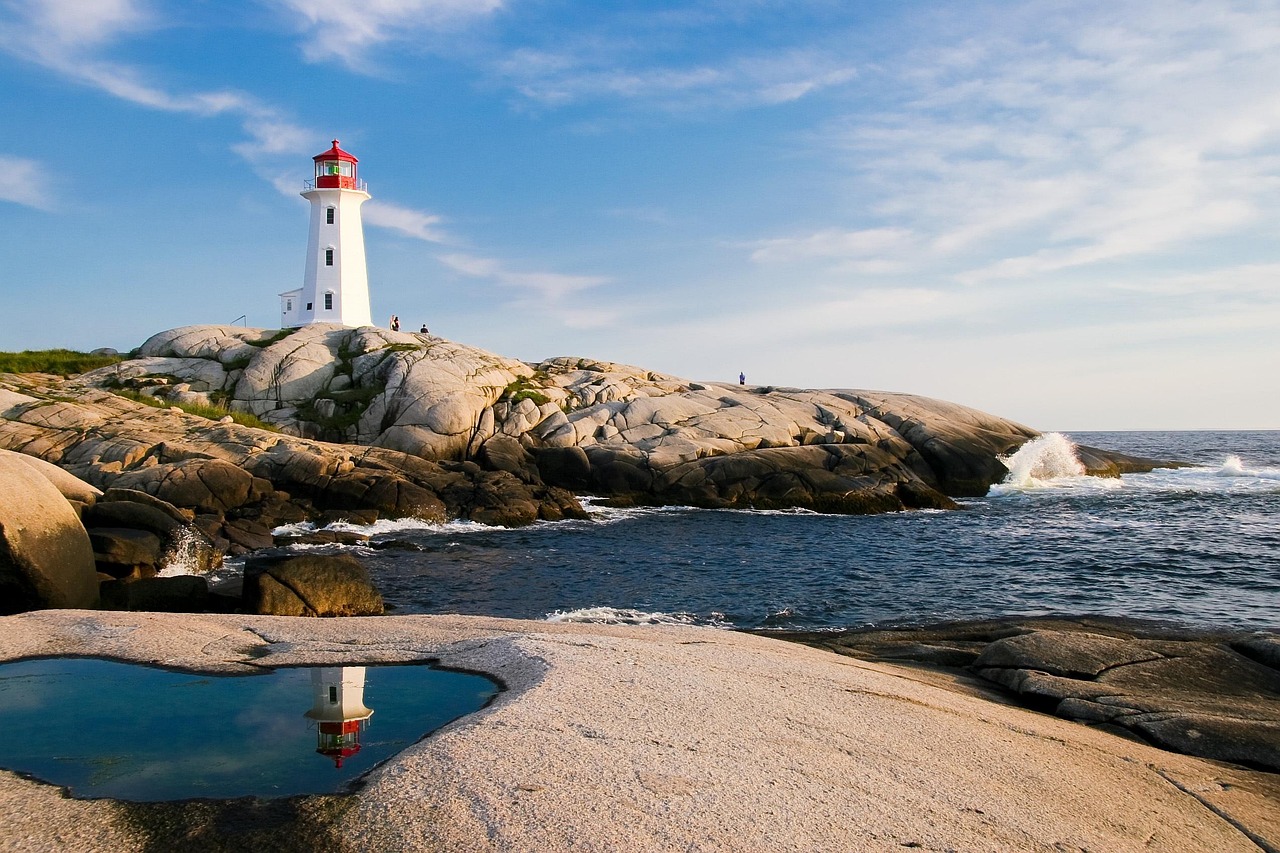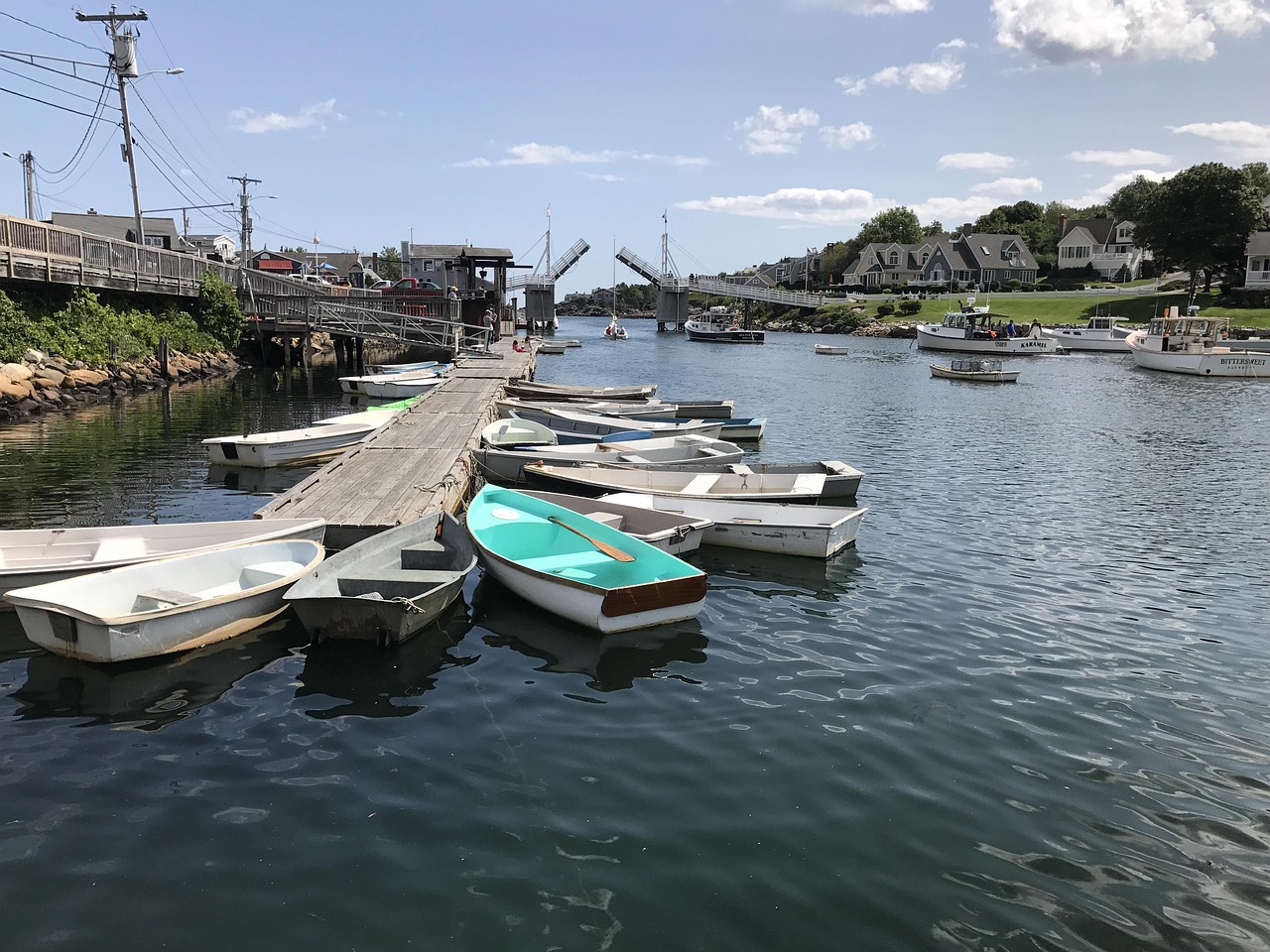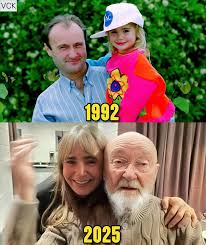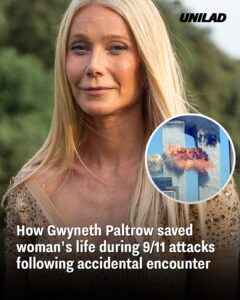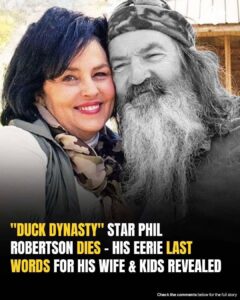Perkins Cove is a small harbor village tucked into Ogunquit on Maine’s southern coast. It’s a place where the salty sea, rugged rocks, and creative souls collide — part working fishing cove, part art colony, part tourist haven. If you go, you’ll find it’s more than a picture: it’s a story in every dock, footbridge, and gallery.
The Cove’s Roots: From Fish Cove to Artist Haven
Originally, this stretch was called Fish Cove — a natural inlet where local fishermen tied their dories and hauled them ashore when the Atlantic storms surged. Over time, the settlement adopted the name Perkins Cove, borrowed from the Perkins family, who ran a boardinghouse in the area. Wikipedia+2Perkins Cove 03907+2
In the late 19th and early 20th centuries, the cove evolved. Artists arrived, drawn by the light, the sea, the simple beauty. Charles Woodbury, one of the early figures, built a studio here in 1898. The Colonial Inn+3seacoastonline.com+3ogunquitmuseum.org+3 Hamilton Easter Field later brought a summer art school, turning old fish shacks into creative spaces. The Colonial Inn+2ogunquitmuseum.org+2
At the same time, the geography itself was reshaped. The basin of Perkins Cove was partially man‑made: a channel was dug to connect Fish Cove with the Josias River, allowing safer anchorage for boats. seacoastonline.com+3Wikipedia+3Perkins Cove 03907+3
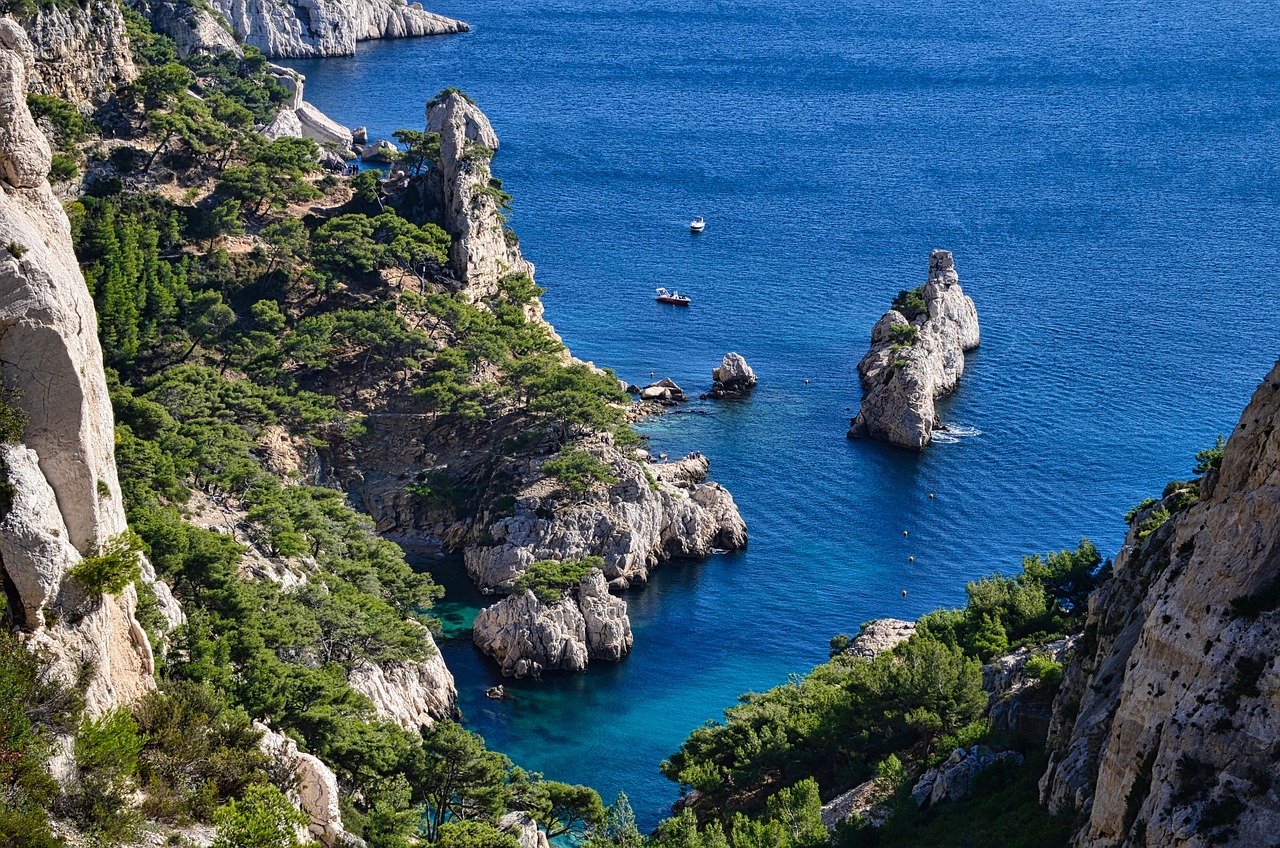
A footbridge has become iconic. The first version was erected around 1890 by Capt. Moses Staple, linking land access to the cove. Perkins Cove 03907 Over time, that bridge was reinforced, modified, and even given an opening span to allow masted vessels to pass. Perkins Cove 03907
What You’ll See & Do
1. Walk the Footbridge & Harbor
The drawbridge that spans the mouth of the basin is a classic photo spot. Walk across, pause, watch boats drift, fishermen working, the Atlantic rolling in.
2. Galleries, Shops & Studios
Winding lanes off the cove host numerous galleries, boutiques, artisan shops. This is still very much an artist’s village — many shops feature local painters, photographers, and craftspeople.
3. The Marginal Way
Just above the cove, the Marginal Way is a scenic, paved coastal footpath stretching about 1¼ miles from Perkins Cove to central Ogunquit. It hugs cliffs, weaves past rocky shorelines, shrubs, wildflowers, and offers panoramic views of sea and sky. Footbridge Beach Motel+3Cottage On Bunker Hill+3Wikipedia+3
4. Fishing, Boat Tours & Sail
Perkins Cove remains an active harbor. You’ll find fishing charters, scenic cruises, sail trips, and harbor tours leaving daily from the cove.
5. Museums & Art Legacy
Close by is the Ogunquit Museum of American Art, which preserves the creative heritage of this region. ogunquitmuseum.org+2The Colonial Inn+2
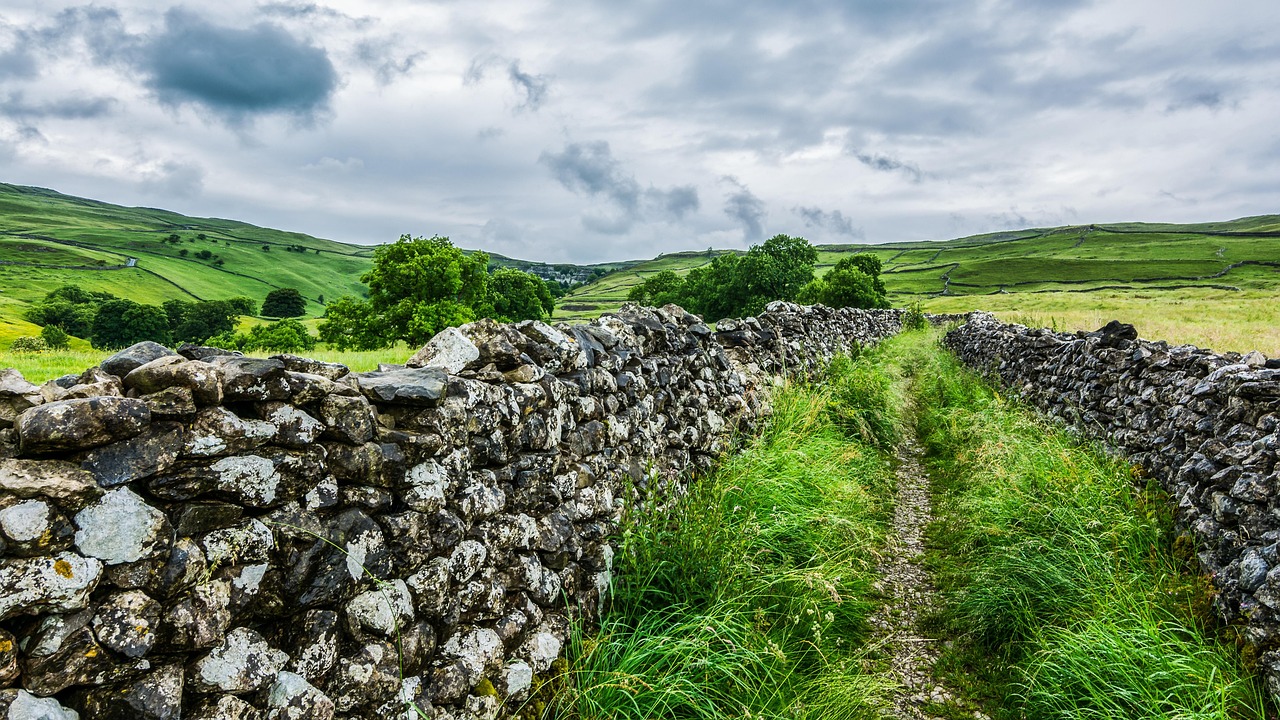
Stories & Surprises
-
In 1960, a kind of “gold rush” swept over Perkins Cove when Irving Pickering dredged part of the riverbed and found flakes of gold in gravel—triggering a brief wave of prospectors. ogunquitlibrary.com
-
The fishermen’s legacy lives on. Many of the old shacks were part of the original Cove Fish Company, built by local fishermen in early decades. mainememory.net+1
-
The name Ogunquit itself is often said to mean “beautiful place by the sea”—a fitting title for the coastal town that hosts Perkins Cove. Town of Ogunquit+1
Best Time to Visit & Tips
-
Summer (June‑August): busiest, warmest, best weather. But traffic, crowds, and full hotels are standard.
-
Shoulder seasons (May, September): milder crowds, still good weather, quieter.
-
Check tide & boat schedules: The footbridge opens for vessel traffic, so timing a walk can be interesting.
-
Wear comfortable shoes: cobblestones, uneven paths, docks.
-
Visit galleries earlier or later in the day: avoid midday rush, catch changing light over the water.
-
Bring your camera: light, textures, reflections, rocks, water — every turn is photogenic.
Perkins Cove is more than just a “cute coastal village.” It’s a microcosm of Maine’s layered history—in fishing, art, community, and transformation. Go for the sea, stay for the stories, walk the paths, peek into studios, and you’ll leave with more than postcards. You’ll carry away a piece of that creative, rugged Maine spirit.
